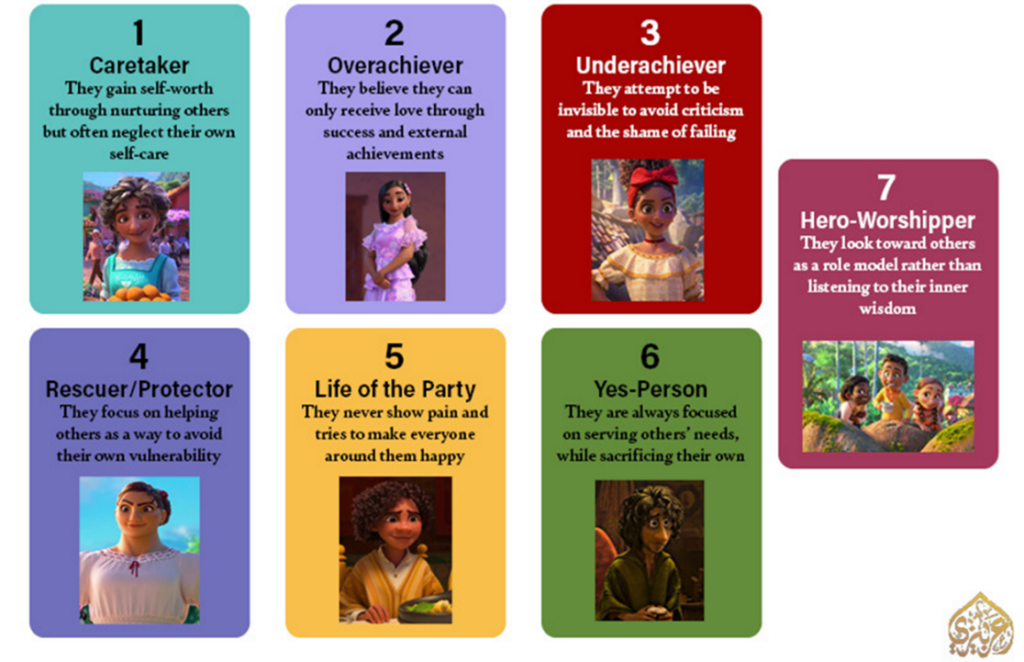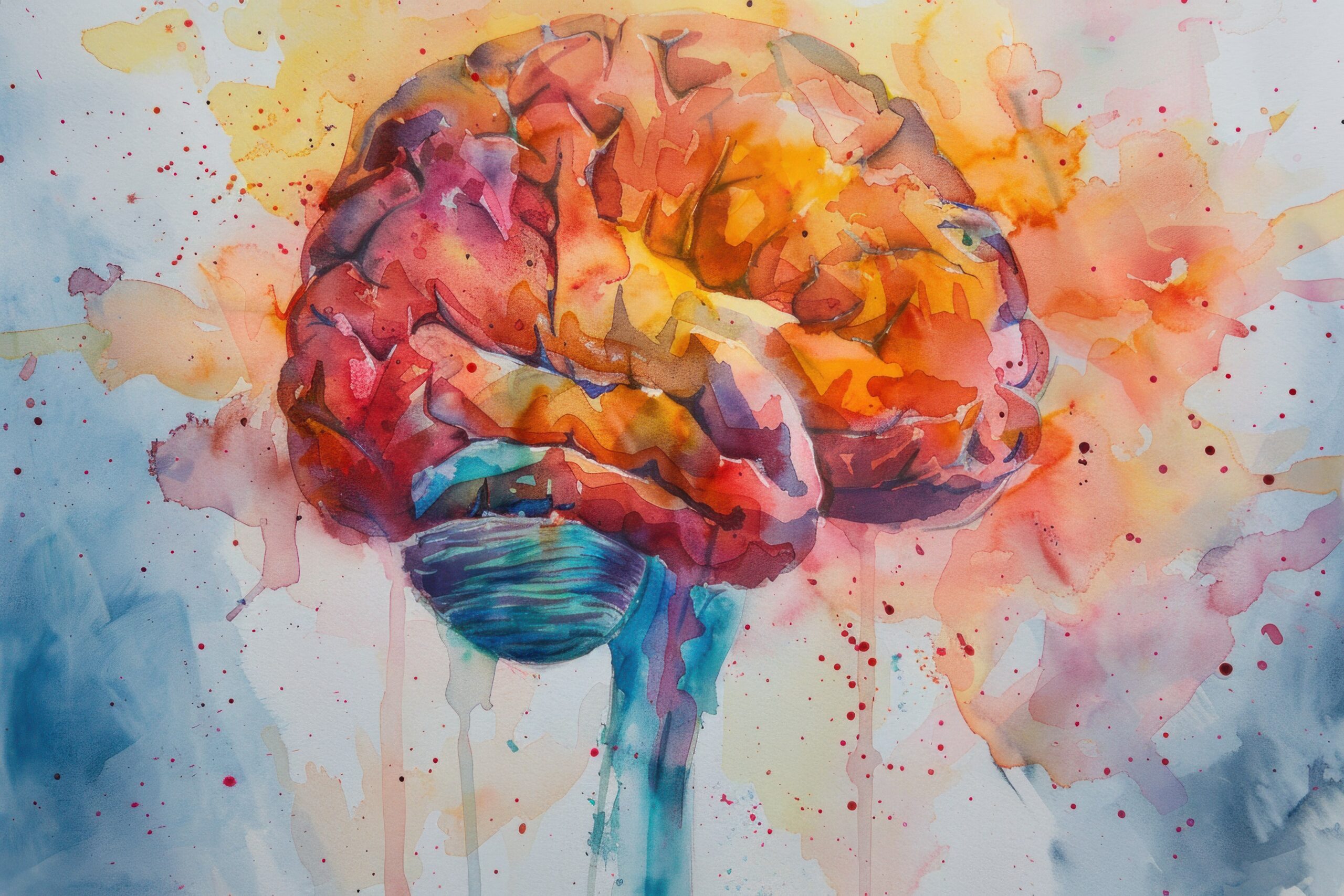As a consultant and coach, I help people upgrade their internal operating system (i.e., vertically develop) so that they can transformationally become better.
In doing this work, I have learned that part of the process of upgrading our internal operating system includes:
- Awakening to our fears and insecurities
- Letting go of our fears and rising above our insecurities
In saying this, let me acknowledge that everyone has room to vertically develop. And thus, we all have some self-protective fears and insecurities that are holding us back from being our best selves.
Thus, if we want to transformationally become better, we are going to have to engage in the two bullets above.
In this article, I want to share a helpful framework for awakening to and rising above your fears and insecurities. It involves exploring our inner child archetypes.
Inner Child Archetypes
Inner child archetypes are unconscious patterns of processing and operating that we develop in our childhood as a way to survive our childhood. They are connected to threats in our childhood, which manifest as fears and insecurities.
While these patterns of processing and operating helped us survive our childhood, they often limit us in adulthood. And, ultimately, if we want to become the best version of ourselves, we are going to need to:
- Awaken to our inner child
- Provide the support that our inner child needs
- Rise above our inner child
Introducing the Inner Child Archetypes
Here is a figure I came across that identifies the seven inner child archetypes and connects them to the various characters from the Disney movie, Encanto:

Exploring Your Inner Child Archetype
To help you more fully step into your inner child archetype, I have put together the following table.
Hopefully, it will help you:
- Identify your inner child archetype
- Observe how your inner child archetype is both helping you (in terms of self protection) and holding you back (from creating greater value)
- See how you can provide your inner child with the love that it needs for you to rise above the fears and insecurities of your inner child
- Gauge how you are doing at rising above the fears and insecurities of your inner child
Archetype | Embodied Belief | Fears/Insecurities | Limitation | How to Nurture this Inner Child | Indicator that One has Risen Above this Inner Child’s Fears/Insecurities |
|---|---|---|---|---|---|
Caregiver | The best way to be loved and accepted is to cater to others. |
| They neglect their own self-care in their attempt to gain love and acceptance by caring for others | Acknowledge that one is of worth, even if they don’t cater to others. | They draw boundaries in such a way that they are able to first meet their own personal needs before catering to others.
They recognize that you can’t draw from an empty cup.
|
Overachiever | The best way to be loved and accepted is through success and achievement. |
| They seek after success and achievement, often at the expense of others
| Acknowledge that one of worth, even if they don’t win or stand out. | Their focus is not on achievement, it is on fulfilling a purpose focused on creating value for others.
They create the space for others, for collaboration, and for healthy cultures and relationships.
|
Underachiever | One will not be loved or accepted if they operate in a manner that fail or are criticized. |
| They never fully engage. They take themselves out of the emotional game before it’s even played. | Connect with and own one’s strengths and value-creating abilities. | They are able to emotionally engage and let their true light shine. |
Rescuer/
Protector | The best way to be loved and accepted is to solve others’ problems.
Commonly believes that others are helpless and dependent upon them. |
| They do not develop deep and meaningful relationships with others.
They commonly see themselves as better than others.
| Acknowledge one’s own helplessness.
Acknowledge that they may have not been helped or supported by their parents.
| They become willing to be vulnerable.
They acknowledge the neglect from their past and seek to nurture themselves. |
Life of the Party | The best way to be loved and accepted is to make everyone around them happy. |
| They are inauthentic. They are limited in emotional intelligence. Their connections are superficial
| Acknowledge and create space for one’s challenging feelings.
| They are willing to be emotionally vulnerable.
They are willing to allow themselves to operate in alignment with their true feelings.
|
Yes-Person
| The only way to be loved and accepted is to be both good and selfless. |
| They do not draw healthy boundaries and neglect their own needs.
They get walked over. | Acknowledge that they are of worth even if they are bad and selfish. | They draw healthy boundaries. They prioritize their own needs. |
Hero Worshipper | The only way to be loved and accepted is to be like those they look up to. |
| They are inauthentic. They never stand on their own two feet. They are dependent thinkers. They reject their own needs and desires to fit with the model of their hero. | Acknowledge their own strengths and self-worth. Recognize that one is best able to connect and contribute is by being authentic. | They are able to confidently put themselves “out there” instead of standing in the shadow of others. They develop their own independent beliefs that differ from their heroes. |
Becoming Your Best Self
My personal belief is that we all have hang-ups related to at least one of these inner child archetypes. And, the reality is that we will not be able to become the best version of ourselves if we do not accept this and work to rise above the archetype’s associated fears and insecurities. That is essentially the purpose of vertical development.









